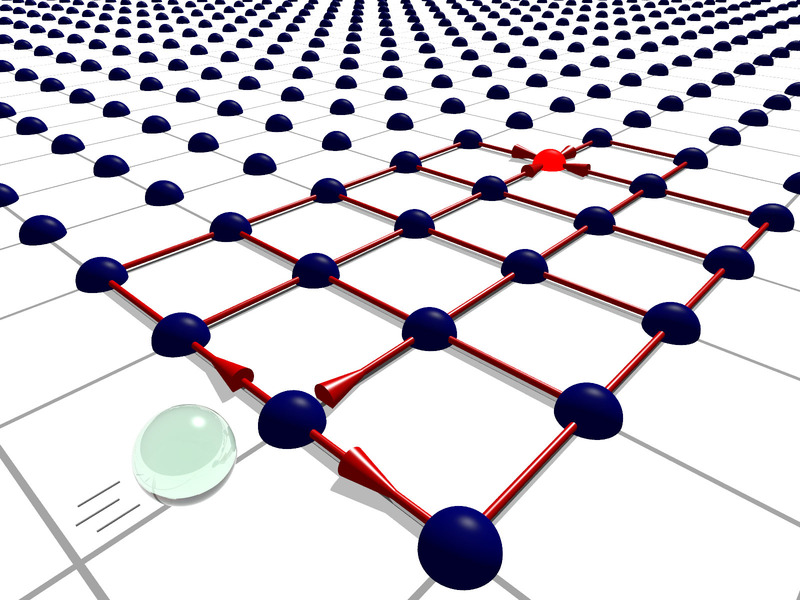Oftentimes we uncover that topics in theoretical mathematics, and real existence phenomena, complete getting unpredicted connections. Among this can be truly the link between group theory – the study into symmetry – and quantum mechanics.
Quantum mechanics examines the conduct of subatomic particles. Electrons, along with other subatomic particles, don’t behave in quite exactly the same as objects within our normal day-to-day world.
For instance, within the real existence, if a person spins around once, they’ll go back to their original condition. You can try this out – when you’re getting up out of your computer, and very physically spin yourself around once, you will be within your original position, though possibly slightly dizzy.

Likewise with cars – in situation your automobile drives around within the circle, and returns towards where it began, it will be exactly the same vehicle – maybe if you do less gas, nonetheless exactly the same.
Electrons aren’t such as this, though. Once the electron spins around once, it changes its electromagnetic structure. This is often similar to when the Earth’s south and north rods switched each time the world spins around: the world would then need to spin two occasions because of its south and north rods to accomplish within the identical position.

Very similar, an electron must spin around 2 occasions – really, 2.002 occasions, to obtain more precise – to attain within the original condition.
Strange, such as the Twilight Zone, huh?
And apparently , group theory – the written text of permutations – offers a natural method of describing the way a electron behaves in this manner. Group theory gives a way to model the electron’s “double spin” behavior in a way that cannot be done using simpler mathematics. An alternate way to consider this is often: the strategies by which electrons behave is much more such as the way cards behave when they’re shuffled, in comparison with way billiard balls behave across the pool.








